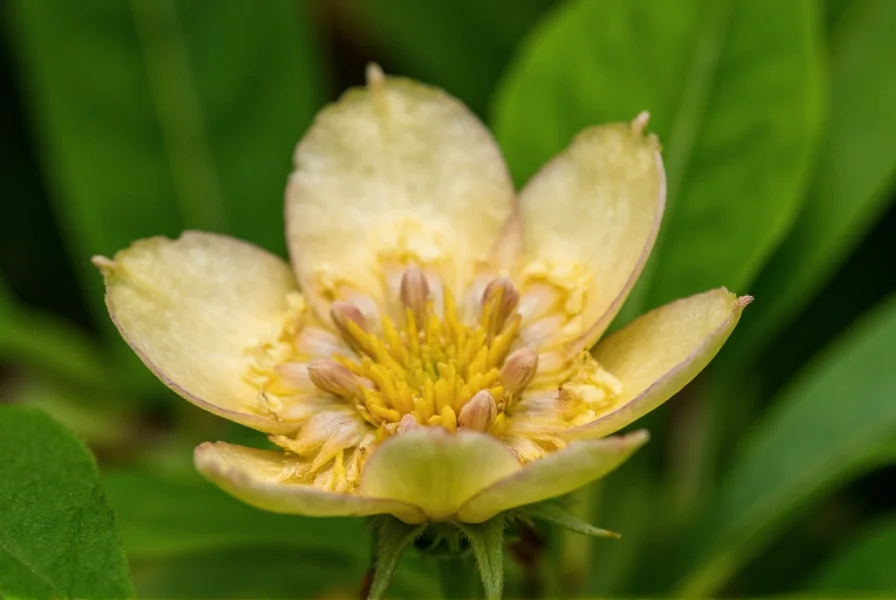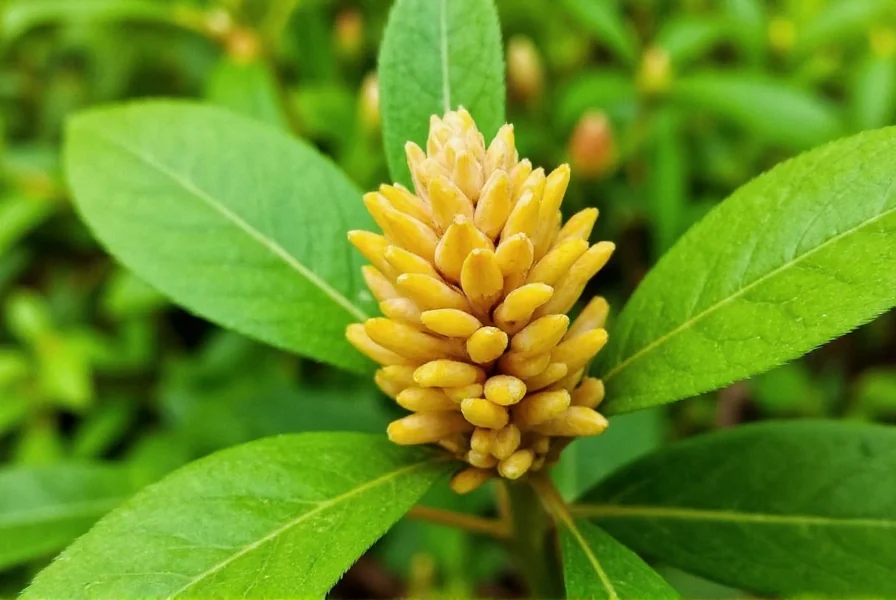Ginger flowers represent one of nature's most visually stunning botanical wonders, often overshadowed by the more familiar ginger root. While many people associate ginger solely with its pungent rhizome used in cooking and medicine, the flowering varieties offer both aesthetic beauty and practical uses. Understanding these distinctive blossoms requires distinguishing between different plants commonly called "ginger" - from the culinary Zingiber officinale to the ornamental torch ginger that dominates tropical landscapes.
Understanding Ginger Flower Varieties
Not all plants called "ginger" belong to the same genus, creating frequent confusion among gardeners and culinary enthusiasts. The Zingiberaceae family contains over 1,300 species across 50+ genera, with several producing remarkable flowers:
| Plant Type | Scientific Name | Flower Characteristics | Primary Uses |
|---|---|---|---|
| Torch Ginger | Etlingera elatior | Large cone-shaped blooms (4-6 inches), vibrant red/pink/white | Culinary, ornamental, traditional medicine |
| Common Ginger | Zingiber officinale | Small yellow-green flowers (rare in cultivation) | Rhizome primarily used, flowers uncommon |
| Butterfly Ginger | Hedychium coronarium | White fragrant flowers resembling butterflies | Ornamental, perfumery, traditional remedies |
| Shell Ginger | Alpinia zerumbet | Pendulous pink-white bell-shaped flowers | Ornamental, tea preparation |
Botanical Characteristics of Ginger Flowers
Ginger flowers exhibit unique structural features that distinguish them from other flowering plants. Unlike typical flowers with separate petals, ginger blossoms feature specialized bracts that form protective sheaths around the reproductive structures. The true flowers emerge sequentially from these bracts, creating the illusion of a single large bloom.
Torch ginger flowers, for example, develop from a central cone that gradually unfurls to reveal delicate pink petals surrounding golden stamens. This distinctive growth pattern makes them valuable in floral arrangements, where a single bloom can provide visual interest for 7-10 days. The flowers typically emerge during warm, humid seasons, with peak flowering occurring between late spring and early autumn in tropical climates.
Cultivation Requirements for Flowering Ginger Plants
Successfully growing ginger flowers requires specific environmental conditions that mimic their native tropical habitats. Gardeners seeking to cultivate these exotic blooms should consider these essential factors:
- Climate: Most flowering ginger varieties thrive in USDA zones 8-11, requiring temperatures between 70-90°F (21-32°C)
- Soil: Rich, well-draining soil with high organic matter content (pH 5.5-6.5)
- Water: Consistent moisture without waterlogging - approximately 1-2 inches weekly
- Light: Filtered sunlight or partial shade (4-6 hours of morning sun ideal)
- Fertilization: Balanced organic fertilizer every 4-6 weeks during growing season
One common misconception addressed by horticultural experts is that culinary ginger (Zingiber officinale) frequently produces flowers. In reality, this variety rarely blooms when cultivated for its rhizomes, as the plant's energy focuses on underground growth. For reliable flowering, gardeners should select ornamental varieties specifically bred for their blossoms.
Culinary Applications of Ginger Flowers
Ginger flowers offer unique culinary possibilities beyond the familiar rhizome. In Southeast Asian cuisine, particularly in Thailand and Indonesia, torch ginger flowers (known locally as bunga kantan) serve multiple purposes:
- As a fresh garnish in salads and soups
- Chopped finely and added to sambals and relishes
- Used as natural food wrappers for steamed dishes
- Infused in beverages for subtle floral notes
The flavor profile varies by species but generally combines the familiar ginger spice with floral, citrus, and sometimes peppery notes. When using ginger flowers in cooking, chefs recommend harvesting them in the early morning when their flavor compounds are most concentrated. Proper storage in a damp paper towel within a refrigerator can extend their freshness for 3-5 days.

Medicinal Properties and Traditional Uses
Traditional medicine systems across Asia have utilized ginger flowers for centuries. Scientific research is beginning to validate some of these applications, particularly regarding anti-inflammatory and antioxidant properties. Studies published in the Journal of Ethnopharmacology have identified bioactive compounds in torch ginger flowers including:
- Flavonoids with potent antioxidant effects
- Phenolic compounds showing anti-inflammatory activity
- Essential oils with antimicrobial properties
In Malaysian traditional medicine, torch ginger flower extracts are used to treat hypertension and diabetes symptoms. Indonesian healers prepare infusions from butterfly ginger flowers to address respiratory conditions. While promising, researchers emphasize that these traditional uses require further clinical validation before being recommended as primary treatments for medical conditions.
Common Misconceptions About Ginger Flowers
Several persistent myths surround ginger flowers that deserve clarification:
- Myth: All ginger plants produce edible flowers
Fact: Only specific varieties like torch ginger have culinary applications; some ornamental gingers produce toxic flowers - Myth: Ginger flowers taste identical to ginger root
Fact: Flower flavors are generally more floral and less pungent than rhizomes - Myth: Ginger plants flower annually in all climates
Fact: Most require specific tropical conditions and may take 2-3 years to bloom
Understanding these distinctions helps gardeners and culinary enthusiasts make informed decisions about which ginger varieties to cultivate and consume. When exploring edible ginger flowers, always verify the specific plant variety and consult reliable botanical resources.
Are ginger flowers edible?
Yes, certain ginger flowers are edible, particularly torch ginger (Etlingera elatior) which is commonly used in Southeast Asian cuisine. However, not all ginger varieties produce edible flowers - some ornamental species may be toxic. Always verify the specific plant variety before consumption.
How long does it take for ginger plants to flower?
Most ginger varieties require 2-3 years of growth before producing flowers. Torch ginger typically blooms in its second year under ideal tropical conditions, while common culinary ginger (Zingiber officinale) rarely flowers when cultivated for its rhizomes.
Can I grow ginger flowers indoors?
Yes, but with limitations. Ginger flowers require high humidity (70%+), warm temperatures (70-90°F), and bright indirect light. Dwarf varieties like some Hedychium species adapt better to indoor conditions than larger torch ginger plants. Expect reduced flowering compared to outdoor tropical environments.
What's the difference between ginger root and ginger flowers?
Ginger root (rhizome) is the underground stem used for its pungent, spicy flavor in cooking and medicine. Ginger flowers are the above-ground blooms produced by certain ginger varieties, offering more floral, citrus notes. While the rhizome contains higher concentrations of gingerol (the compound responsible for ginger's heat), flowers contain different bioactive compounds with unique properties.











 浙公网安备
33010002000092号
浙公网安备
33010002000092号 浙B2-20120091-4
浙B2-20120091-4